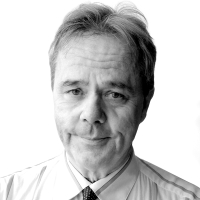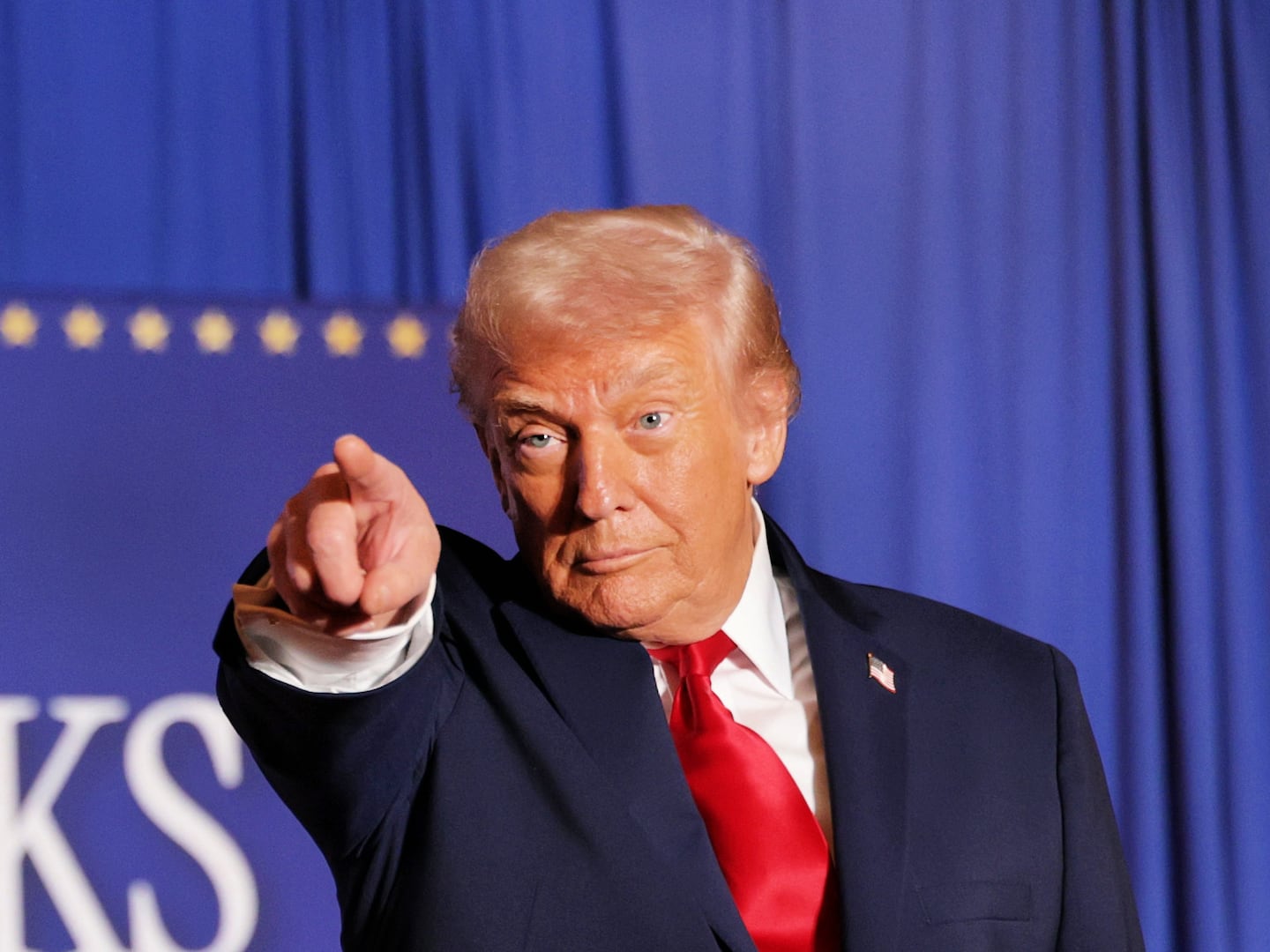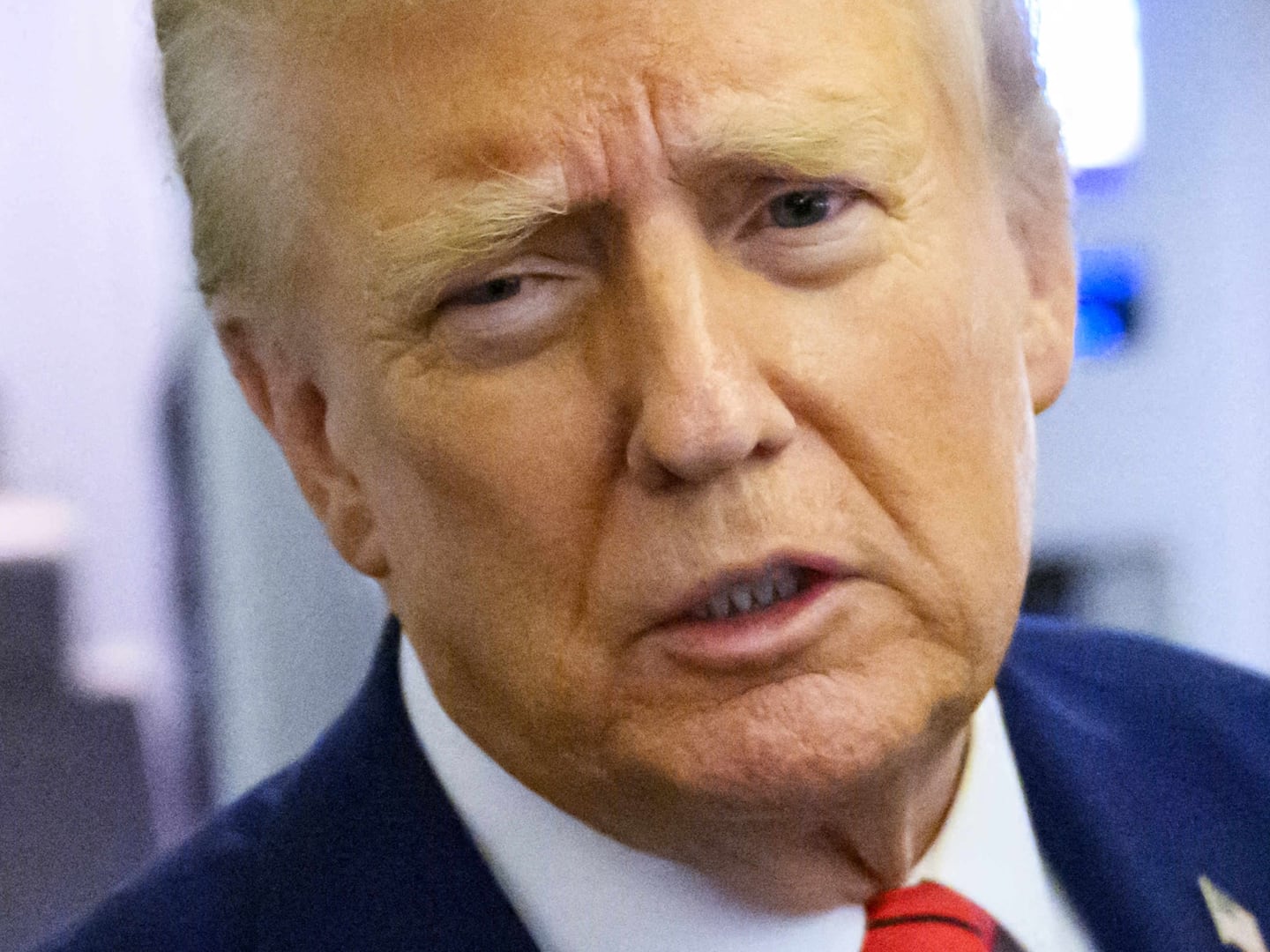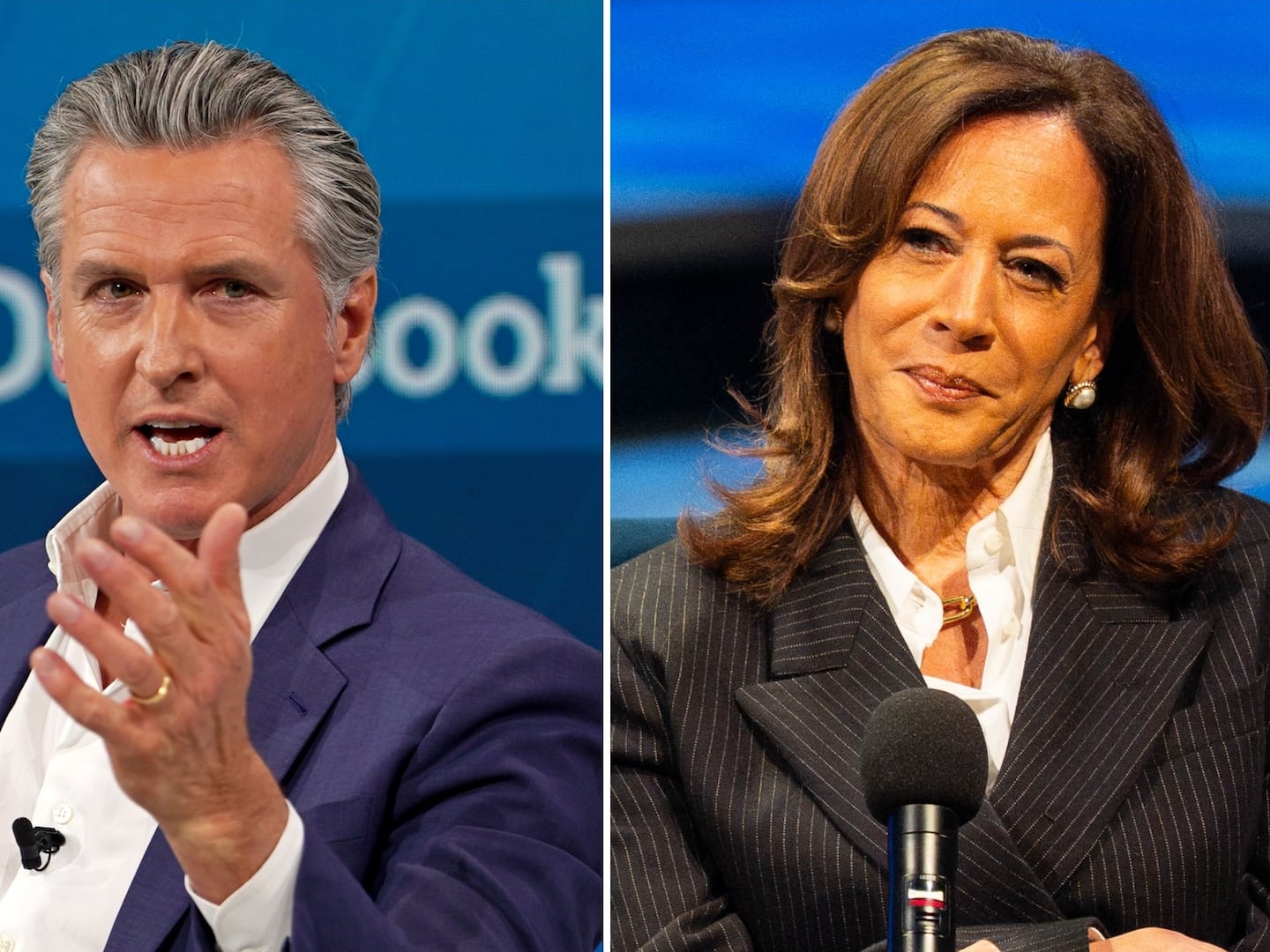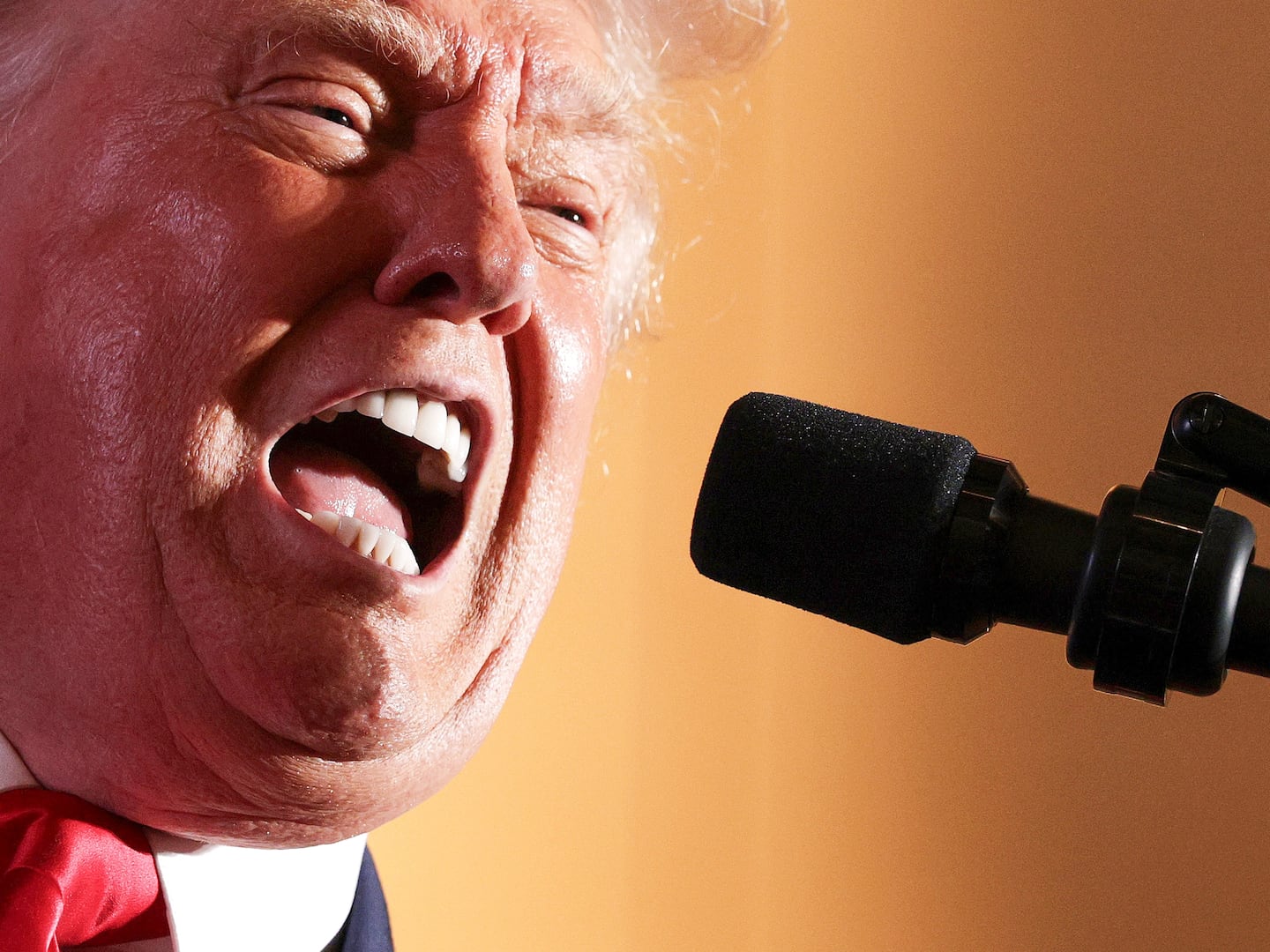Lisa Robles was selling sightseeing tickets outside the Empire State Building when one of the tour managers shouted a single word to her.
“Run!”
His tone precluded questions and run she did with the manager on her right. A man from another tour was on her left. She only learned why they were all running when she looked back and saw a man in a business suit with a gun in his hand.
She would later be told that the man had just shot and killed a former clothing company co-worker around the corner on West 33rd Street and stashed the gun in a black shoulder bag before trying to slip away in the Friday morning crowd on Fifth Avenue. Some construction workers pointed him out to the two cops who are posted at the building’s entrance as a counterterrorism measure. The man saw the cops and took the gun back out of the bag with a furious expression on his face.
“All I know is he looked mad,” Robles says.
She kept running as a flurry of shots erupted. She is from a part of Brooklyn where guns are still a plague even as New York has become the safest big city in America, and she has gotten to where she can distinguish the large caliber weapons from the small.
“I hear it every day in front of my house,” says the 44-year-old grandmother of two. “That’s how I know.”
And these were large-caliber sounds, all the louder in Manhattan, echoing off not just some Brooklyn tenement but off the world’s most famous skyscraper.
“Shooting and shooting and shooting,” Robles says.
The manager on her right was hit and he went down. She kept running and the man on her left also went down.
“He hit the ground really hard,” she says.
The shooting finally ceased, and she stopped running. She went back to check on the man who had told her to run. She knows only his first name, Alberto.

“He saved my life,” she says.
Only later did she learn that at least some or maybe even all of the nine bystanders who were wounded had been hit by police gunfire. Nobody can question the bravery of the cops who ran straight at a man with a gun who had just shot somebody. They certainly had every right to draw their weapons and fatally shoot him when they saw him point his .45 automatic at them, as is said by a senior police official to be unmistakable in the surveillance-video footage.
And the cops are certainly not to blame for the escalation of firepower that led to their being armed with a gun that can fire as many as 16 rounds as fast as they can pull the trigger.
That escalation goes back at least to 1986, the year a young cop in Queens named Scott Gadell got into a shootout with a man armed with one of the automatic pistols that were becoming all the rage among violent criminals. Gadell was armed with the six-shot revolver that was then standard issue with the NYPD. He fired the last of these and he had to reload by hand, bullet by bullet. He was still bent over his gun, his head bowed, when the man came up and executed him with an automatic pistol.
Automatics kept proliferating in the street and that, together with the memory of what happened to Gadell, eventually led the NYPD to join the other departments in the country in abandoning the old six-shot revolver. Cops were thereafter armed with automatics that fired more than twice as many rounds and could be almost instantly reloaded just by pressing a release to discard the empty clip and putting in a new one.
Meanwhile, the criminals continued to prove to horrific effect that the problem is not just the number of illegal guns but also the firepower. The result reaches public attention when a maniac uses a Glock in a mass shooting at Virginia Tech or nearly kills former U.S. representative Gabrielle Giffords in Tucson. But generally it goes ignored while entire neighborhoods live in terror of the sound of the big-caliber guns.
“Loud!” Robles says.
And with the criminals packing such firepower, there is no way to send cops into the street as outgunned as poor Gadell was that day years ago. Cops are trained only to fire when deadly force is absolutely necessary and then to keep applying that force until the threat is gone. The cops outside the Empire State Building did as they were trained to do with the weapons they were authorized to carry.
Word of the shooting reached Mayor Michael Bloomberg at City Hall a few minutes after his weekly radio show, where he had once again spoken out for the need to do something about gun violence.
His words on this day should have held particular relevance for the citizens of Chicago, where 19 people were shot from Thursday into early Friday, apparently all with automatic pistols.
The city of St. Louis also had cause to listen after it was announced that two 18-year-olds had been arrested for the murder of a former college volleyball star who was shot to death in an apparent robbery attempt while he was attending an alumni function.
Bloomberg’s feelings about illegal guns were forged when meeting with the families of shot cops in emergency rooms. He might have ended up going to see two more shot cops on Friday after the counter-terrorism detail at the Empire State Building encountered the everyday terror that rages on and on with no seeming end. But this time the cops got the gunman before he got them.
The gunman, identified by police as Jeffrey Johnson, 58, could have shot any number of other innocent people if he had not been stopped; he had plenty of extra ammunition in his bag.
Nobody is saying the cops kept firing when they should have stopped. The cops could even be said to have shown a measure of restraint. One cop fired nine times, the other seven, neither coming close to emptying his gun when an untrained finger surely would have just kept squeezing the trigger.
In a twist not without irony, investigators deduced that many of the bystanders must have been hit by police gunfire because the gunman was armed with a .45-caliber automatic whose clip holds “only” eight rounds, half of what the popular street guns hold. The gunman had fired five shots at his first victim and still had two rounds left when he himself was killed, leaving at most one bullet that might have been actually fired at the police officers.
Of course, the only reason anybody was shot was that the gunman drew that .45 automatic in the first place. Bloomberg addressed the press at the scene and noted that New York remains the safest big city in America.
“But we are not immune to the national problem of gun violence,” he said.
By then, Robles had been given the rest of the day off from work. She later learned that the men who were shot on either side of her might well have been hit by police gunfire. But she does not forget how it all started.
“All I know is when I saw the gunman pull out the gun…” she says.
In the evening, she was with her two grandchildren, the younger of whom was celebrating her fourth birthday. They had seen TV news reports of the shooting.
“I told them, ‘I almost lost you guys,’” she says. “They didn’t really understand much.”
Robles then headed to her home in a part of the safest big city in America where shootings are still common and seldom make the TV news, where a father this week lost a 17-year-old son as an innocent victim of guns and said he had also lost his brother as an innocent victim of guns back in 1988. That was two years after Gadell was murdered and thousands of gun murders ago.
Robles went right into her house. She never lingers on the street.
“I work and go home,” she says.
